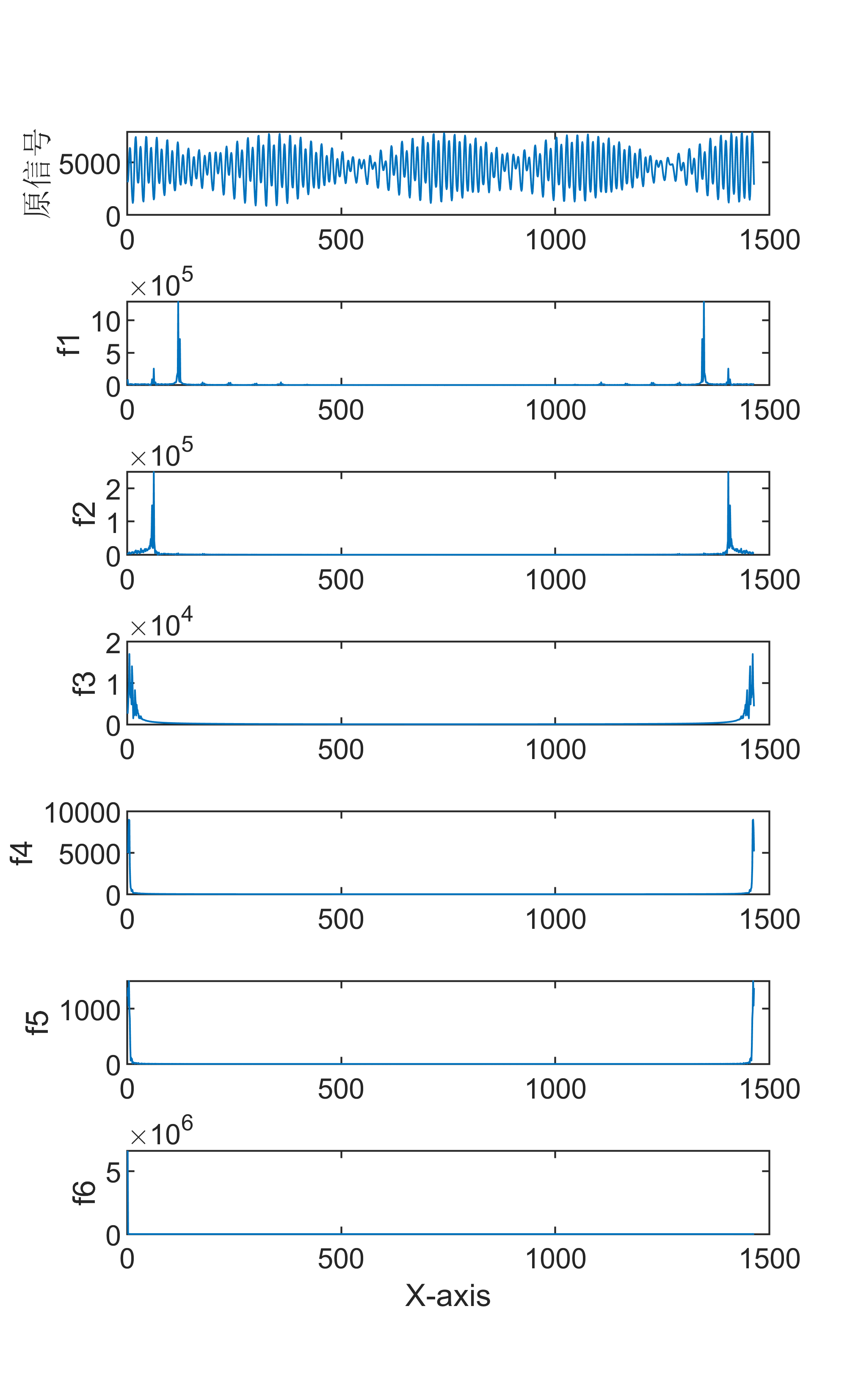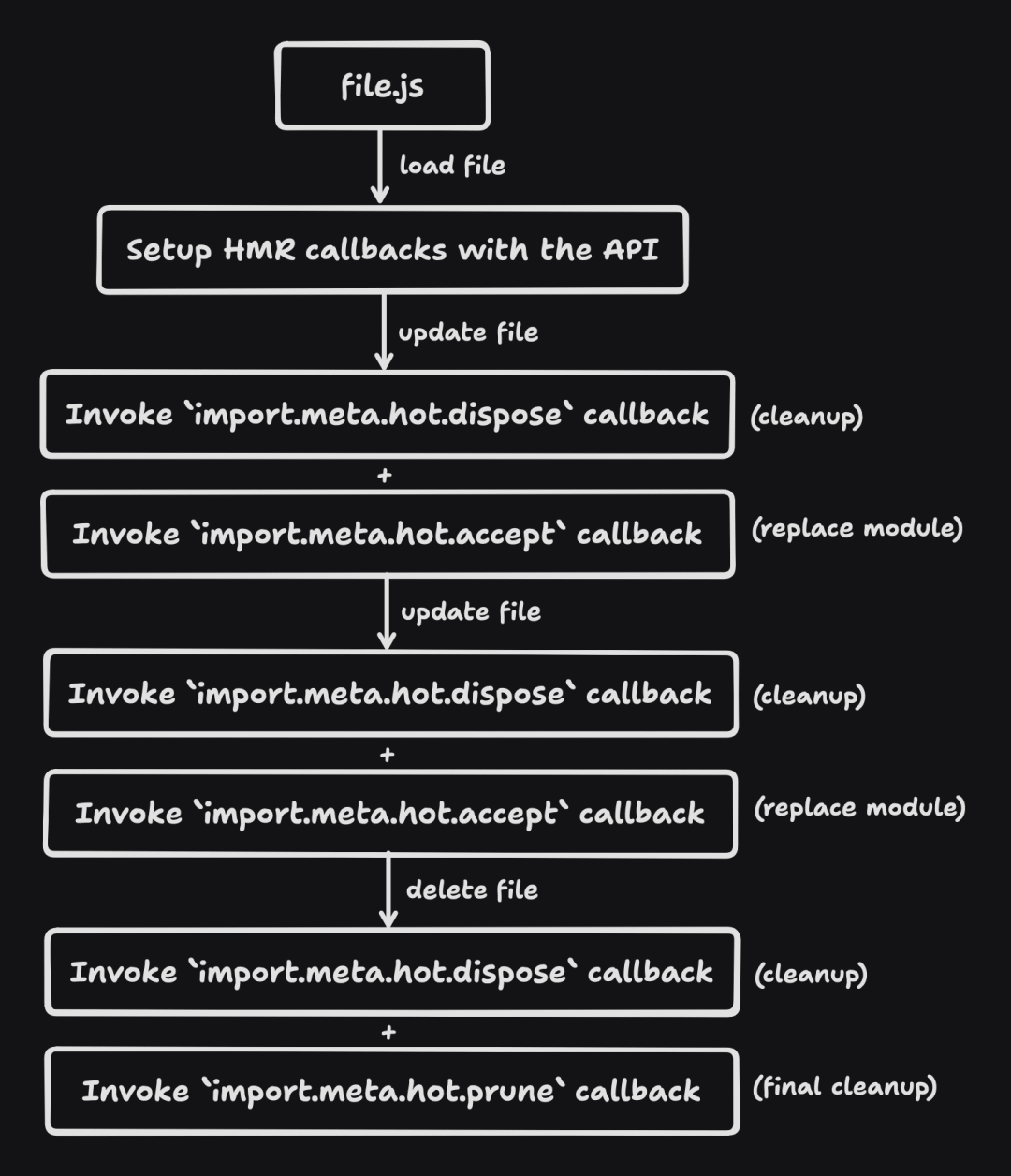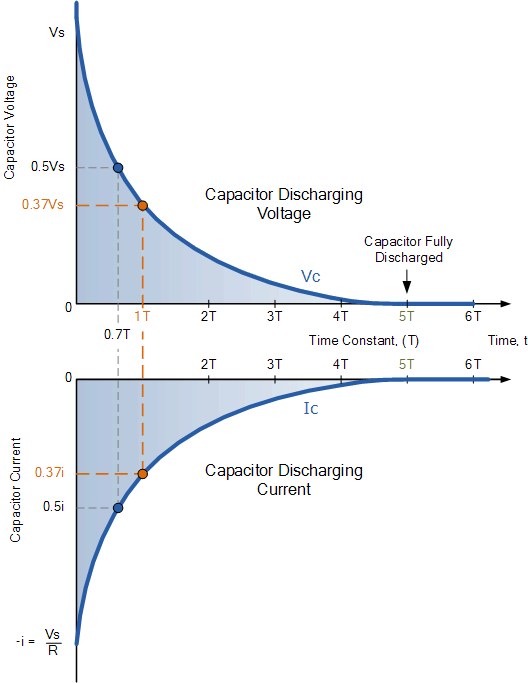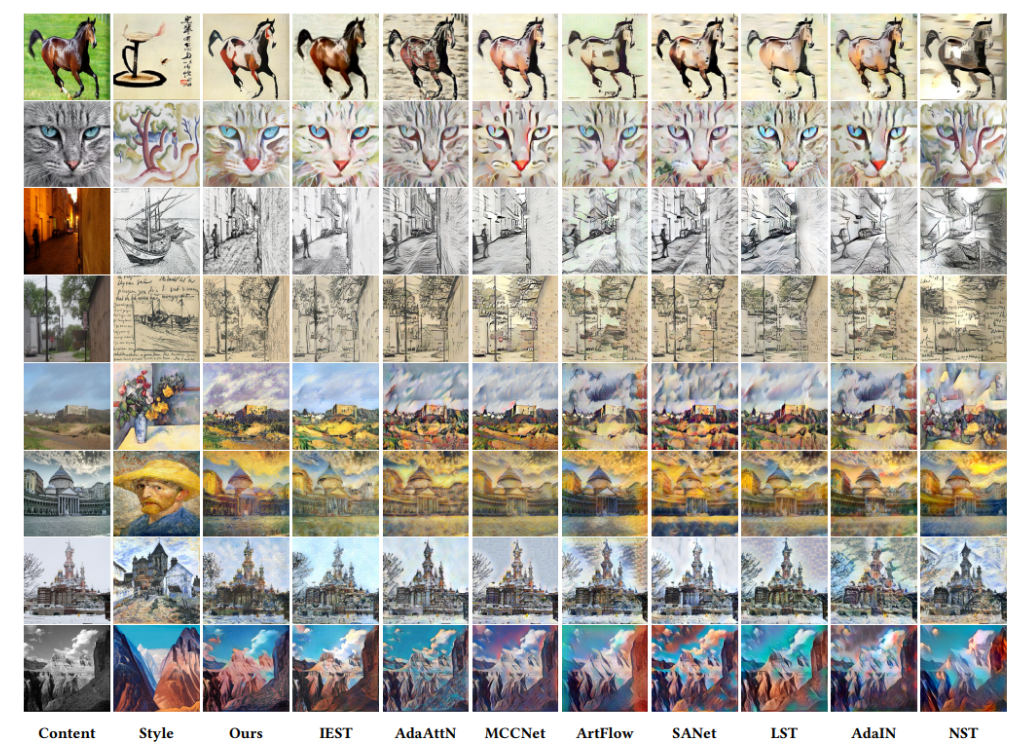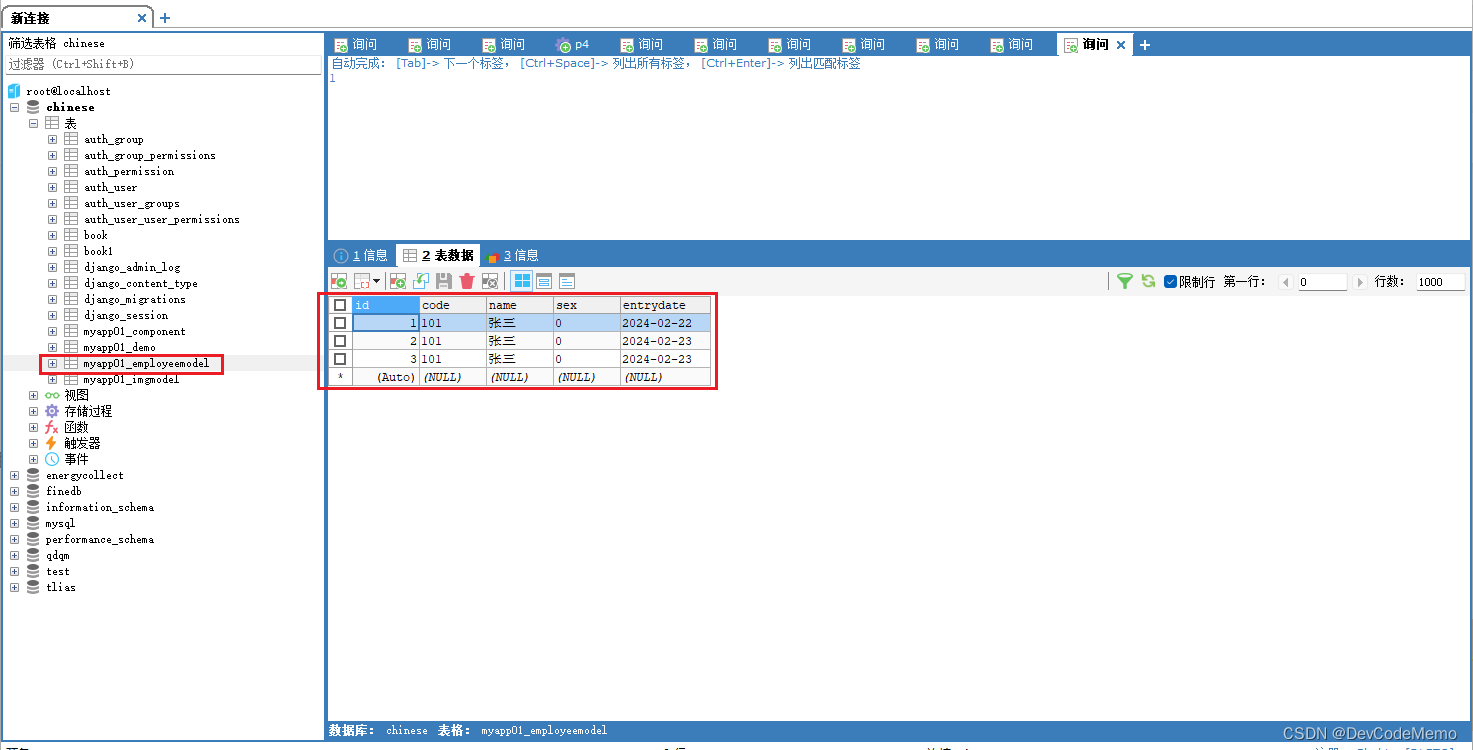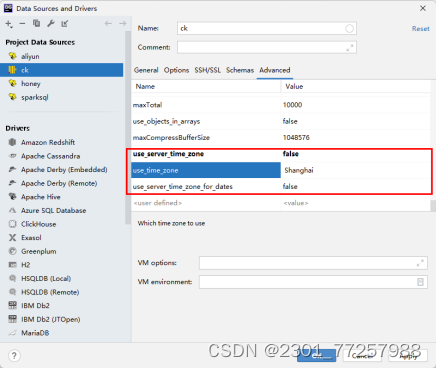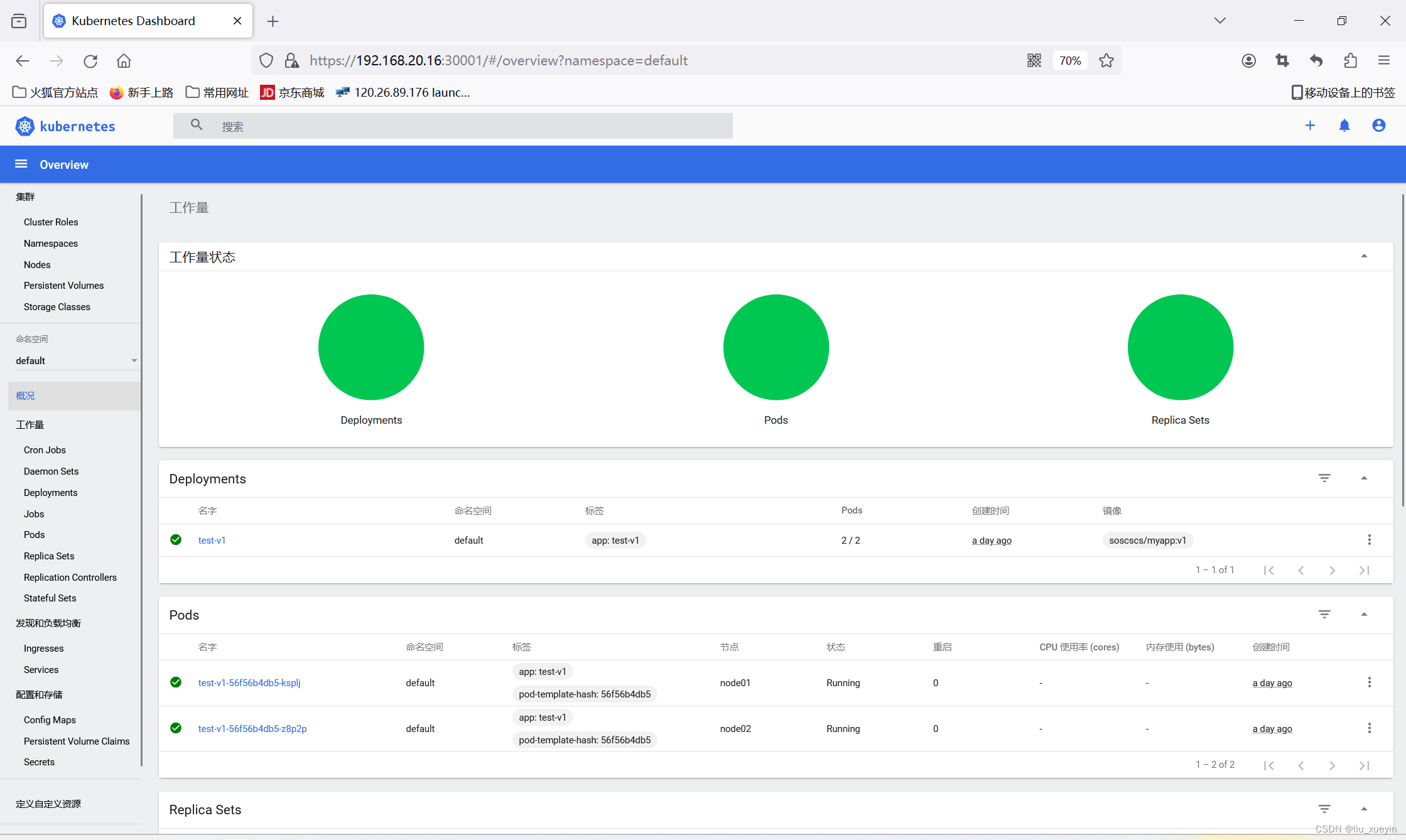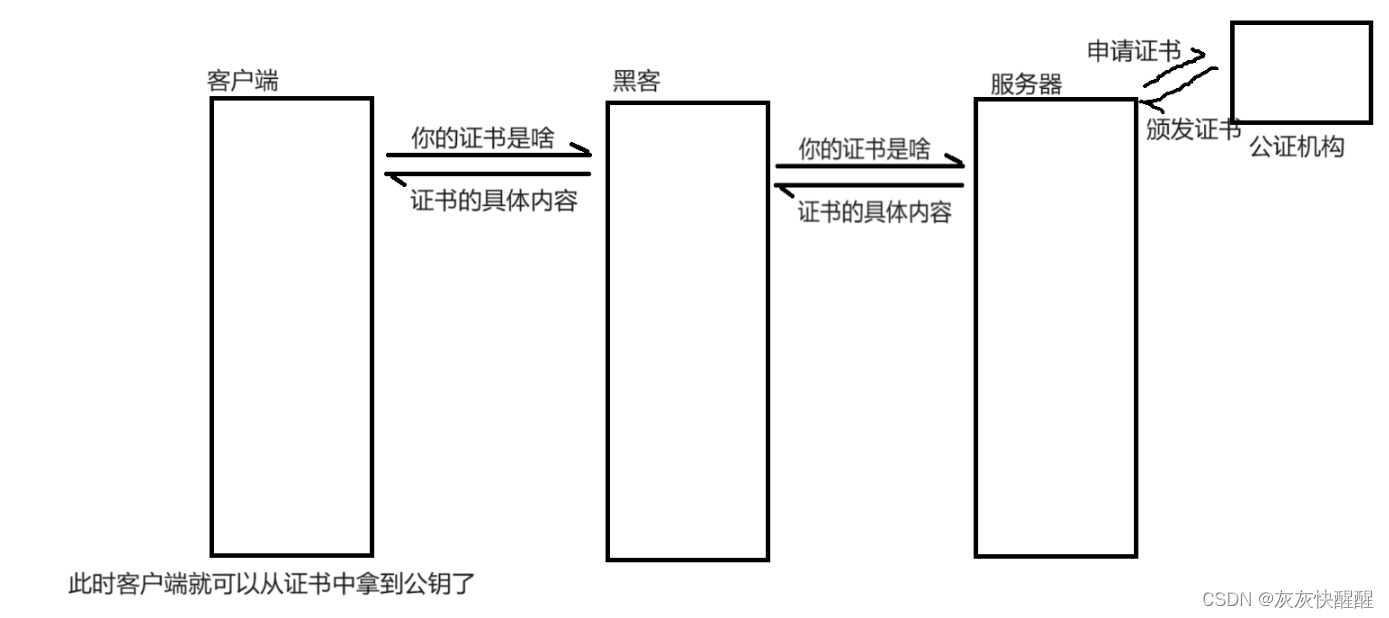计算优化的思路,需要两种坐标变换,用两种坐标变化的残差求解。

第一种残差
将节点与子图原点在global坐标系下的相对位姿与约束的差值作为残差项
第一种坐标变换:节点与子图原点在global坐标系下的坐标变换
第二种坐标变换:子图内约束子图间约束
回顾一下约束的数据来源
子图类约束
data_.constraints.push_back(
Constraint{submap_id,
node_id,
{transform::Embed3D(constraint_transform),
options_.matcher_translation_weight(),
options_.matcher_rotation_weight()},
Constraint::INTRA_SUBMAP}); // 子图内约束子图间约束
在handleWorkQueue里面进行添加
// 将计算完的约束结果进行保存, 并执行优化
void PoseGraph2D::HandleWorkQueue(
const constraints::ConstraintBuilder2D::Result& result) {
{
absl::MutexLock locker(&mutex_);
// Step: 把新计算出的约束信息添加到data_.constraints向量的末尾处
data_.constraints.insert(data_.constraints.end(), result.begin(),
result.end());
}// Step: 第一种残差 将节点与子图原点在global坐标系下的相对位姿 与 约束 的差值作为残差项
// Add cost functions for intra- and inter-submap constraints.
for (const Constraint& constraint : constraints) {
problem.AddResidualBlock(
// 根据SPA论文中的公式计算出的残差的CostFunction
CreateAutoDiffSpaCostFunction(constraint.pose),
// Loop closure constraints should have a loss function.
// 为闭环约束提供一个Huber的核函数,用于降低错误的闭环检测对最终的优化结果带来的负面影响
constraint.tag == Constraint::INTER_SUBMAP // 核函数
? new ceres::HuberLoss(options_.huber_scale()) // param: huber_scale
: nullptr,
C_submaps.at(constraint.submap_id).data(), // 2个优化变量
C_nodes.at(constraint.node_id).data());
}这里关注三个变量
constraint.pose 约束位姿变换关系
C_submaps.at(constraint.submap_id).data() 子图原点
C_nodes.at(constraint.node_id).data() 节点位姿
通过子图原点与节点位姿得到的位姿变换关系与约束的位姿变换做残差
const T cos_theta_i = cos(start[2]);
const T sin_theta_i = sin(start[2]);
const T delta_x = end[0] - start[0]; // t2 -t1
const T delta_y = end[1] - start[1];
const T h[3] = {cos_theta_i * delta_x + sin_theta_i * delta_y, // R.inverse * (t2 -t1)
-sin_theta_i * delta_x + cos_theta_i * delta_y,
end[2] - start[2]};CostFunction
// 根据SPA论文中的公式计算出的残差的CostFunction
CreateAutoDiffSpaCostFunction(constraint.pose)
第二种残差
landmark数据 与 通过2个节点位姿插值出来的相对位姿 的差值作为残差项
第一种坐标变换: landmark数据的时间在2个节点位姿中插值出来的位姿
第二种坐标变换: landmark数据中的landmark_to_tracking_transform_
// Add cost functions for landmarks.
// Step: landmark数据 与 通过2个节点位姿插值出来的相对位姿 的差值作为残差项
AddLandmarkCostFunctions(landmark_nodes, node_data_, &C_nodes, &C_landmarks,
&problem, options_.huber_scale());
第三种残差
节点与节点间在global坐标系下的相对坐标变换与通过里程计数据插值出的相对坐标变换 的差值作为残差项
第一种坐标变换: 相邻2个节间在global坐标系下的坐标变换
第二种坐标变换: 再分别计算这2个节点的时间在里程计数据队列中插值得到的2个里程计位姿, 计算这2个里程计位姿间的坐标变换
第四种残差
节点与节点间在global坐标系下的相对坐标变换 与 相邻2个节点在local坐标系下的相对坐标变换的差值作为残差项
第一种坐标变换: 相邻2个节间在global坐标系下的坐标变换
第二种坐标变换: 相邻2个节点在local坐标系下的坐标变换
第五种残差
节点与gps坐标系原点在global坐标系下的相对坐标变换与通过gps数据进行插值得到的相对坐标变换的差值作为残差项
第一种坐标变换: 节点对应的时刻在gps数据中插值得到的gps相对于gps坐标系原点的位姿
第二种坐标变换: 节点在global坐标系下 与 gps坐标系原点 的相对坐标变换



